Linear equations -> weather forecasts
Weather Forecasts Study Guide
Introduction to Weather Forecasts
Weather forecasts are predictions of future weather conditions based on analysis of historical data, current weather patterns, and computer modeling. They are used to inform the public, businesses, and policymakers about expected weather conditions, allowing them to make informed decisions and take appropriate actions.
Factors Affecting Weather Forecasts
- Atmospheric Conditions: Understanding the behavior of air masses, pressure systems, and humidity levels is crucial in making accurate weather predictions.
- Temperature Patterns: Monitoring temperature changes and patterns helps in predicting shifts in weather conditions.
- Wind Patterns: Analyzing wind speed and direction aids in forecasting storm developments and weather changes.
- Precipitation: Predicting rainfall, snowfall, and other forms of precipitation is essential for planning and preparedness.
Tools and Techniques for Weather Forecasts
- Satellite Imagery: Satellites provide real-time images of cloud cover, storm systems, and other atmospheric phenomena.
- Radar Systems: Doppler radar is used to track precipitation, thunderstorms, and tornadoes.
- Computer Models: Advanced computer simulations help meteorologists analyze and predict weather patterns based on complex algorithms and data inputs.
- Weather Stations: Ground-based stations collect data on temperature, humidity, wind speed, and barometric pressure to aid in forecasting.
Understanding Weather Forecasts
When interpreting weather forecasts, it's important to understand the key elements provided, such as temperature ranges, chance of precipitation, wind speed, and atmospheric pressure. Additionally, knowing the difference between short-term forecasts (1-3 days) and long-term forecasts (5-7 days) can help in planning ahead for different activities and events.
Studying Weather Patterns
Observing and analyzing local weather patterns can enhance your understanding of weather forecasts. Documenting changes in weather conditions, such as daily temperature variations, cloud formations, and seasonal trends, can provide valuable insights into the accuracy of forecasts and the impacts of climate change.
Conclusion
Weather forecasts play a critical role in our daily lives, influencing decisions ranging from travel plans and outdoor activities to agricultural practices and disaster preparedness. By studying the factors affecting weather forecasts and the tools used in predicting weather, individuals can develop a deeper appreciation for the science of meteorology and the importance of accurate weather predictions.
.◂Math Worksheets and Study Guides Eighth Grade. Linear equations
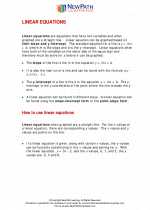
 Worksheet/Answer key
Worksheet/Answer key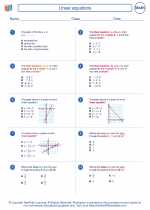
 Worksheet/Answer key
Worksheet/Answer key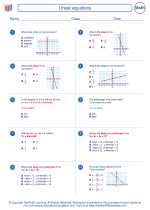
 Worksheet/Answer key
Worksheet/Answer key
 Worksheet/Answer key
Worksheet/Answer key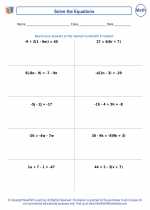
 Worksheet/Answer key
Worksheet/Answer key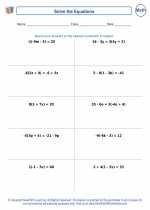
 Worksheet/Answer key
Worksheet/Answer key
